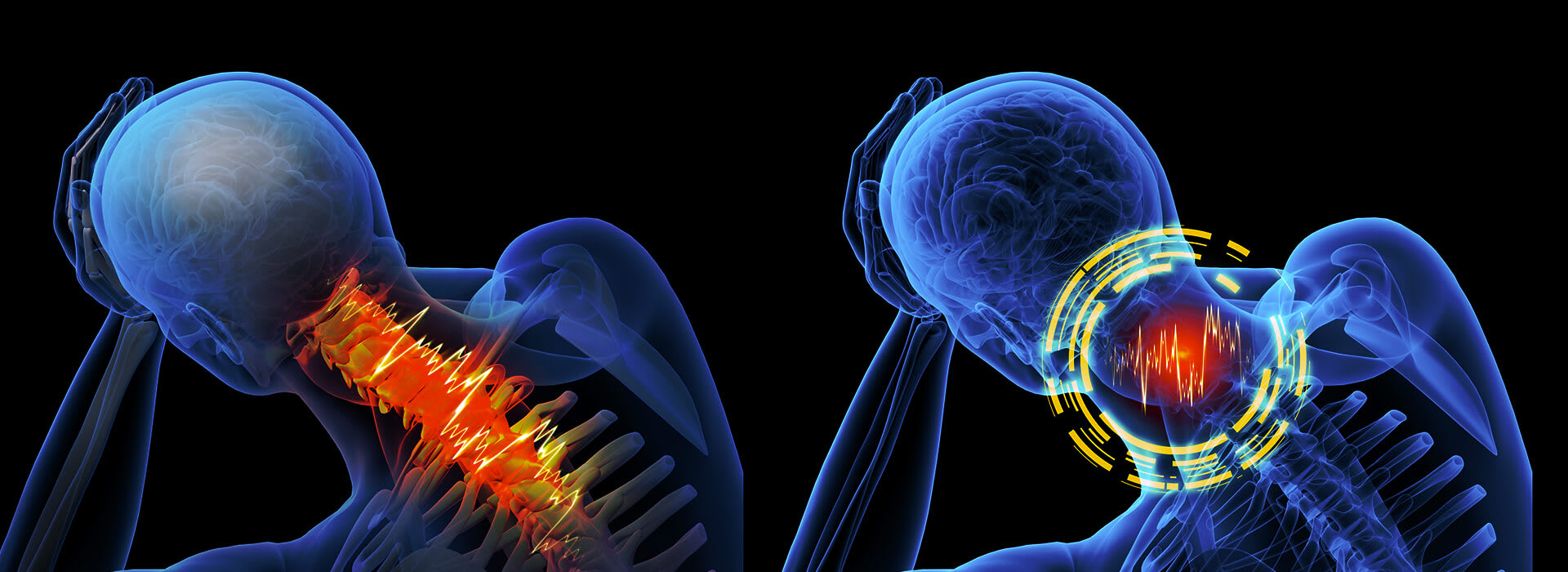
Types of Spinal Cord Injuries
What Is the Difference Between a Complete and Incomplete Spinal Cord Injury?
Victims of a spinal cord injury are encouraged to seek legal representation in order to acquire fair compensation to cover for damages. Our qualified spinal cord injury attorneys at West Coast Trial Lawyers have over 60 years of collective legal experience in handling personal injury cases. With our track record of recovering more than $1 billion in settlements for our clients, we are confident that we will deliver a good outcome to your case.
To schedule a free consultation, please contact our 24/7 legal team by calling 213-927-3700 or filling out our contact form.
The effects of a spinal cord injury (SCI) vary considerably. Some victims may experience a full recovery, while others suffer from full paralysis.
A spinal cord injury can dramatically impact your life, and implications are heavily influenced by whether the injury is complete or incomplete – a medical distinction relating to the extent of the damage.
What is a Complete Spinal Cord Injury?
In a complete spinal cord injury, you no longer have sensation or motor control below the injury, which can also result in paralysis or tetraplegia.

Paraplegia is triggered when damage is done to the thoracic, lumbar, or sacral section of the spinal cord; Tetraplegia emerges when damage is done to the cervical section of the spinal cord.
What is an Incomplete Spinal Cord Injury?
An incomplete spinal cord injury occurs when there’s still some feeling below your injury since your spinal cord is still capable of sending messages between the brain and body.
What’s the Difference Between Complete and Incomplete Spinal Cord Injury?
Complete spinal cord injuries result in a total loss of motor function and sensation below the injury. Those with complete spinal cord injuries will have loss of muscle function and sensation on both sides of their body.
Those with incomplete spinal cord injuries may retain varying degrees of muscle movement and sensation. They may be able to move one arm or leg more than the other, and also have more function on one side of the body than the other.
Research suggests that people with an incomplete spinal cord injury have a higher chance of recovering from a loss of motor and sensory function in the affected limbs than those with a complete spinal cord injury.
Symptoms of a Complete or Incomplete SCI
A complete spinal cord injury removes the brain's ability to send signals down the lumbar spinal cord below the injury, which can lead to paralysis below the waist while movement in your arms and upper body is preserved.
During the days following your injury, the symptoms of complete and incomplete spinal cord injuries are virtually indistinguishable. However, small differences may develop over time.
Symptoms of a complete spinal cord injury include:
- Loss of sensation below the injury
- Complete loss of motion below the injury
- Difficulty controlling bladder and bowels
- Difficulty breathing on your own (if the injury is located high enough).
With an incomplete spinal cord injury, the spinal cord's functions are only partially compromised, with effects that tend to vary more. An incomplete spinal cord injury due to an infection may retain significant function, while gunshot wound survivors with injuries located high on the spine may face obstacles similar to a complete spinal cord injury survivor.
Symptoms of an incomplete spinal cord injury include:
- Maintaining some sensations below the injury
- Ability to move some muscles below the injury
- Pain below the injury
With both incomplete and complete spinal cord injuries – mobility impairments, including tetraplegia/quadriplegia and complete paraplegia, are common symptoms.
Common Causes of Spinal Cord Injuries
A spinal cord has three sections: the cervical, thoracic, and lumbar segments. Any damage done to these areas of the spinal cord can result in different outcomes.
The most common causes of spinal cord injuries include:
- Motor vehicle accidents. Car accidents, motorcycle accidents, and truck accidents are all common causes of spinal cord injuries. A driver or passenger can sustain a spinal cord injury from powerful force caused by vehicles colliding with one another; The level of severity varies depending on the strength of the impact.
- Slip and fall accidents. This type of accident is common for the elderly. As people grow older, their bones become more fragile. It can become difficult to properly function your body without having the need to use a cane to maintain your balance. Your vision may also begin to worsen, thus making it difficult to detect any object or hazard nearby that could cause you to slip and fall.
- Violence. Gunshot wounds or knife stabbings directed towards the spinal cord can result in a complete or incomplete spinal cord injury. Paralysis is likely to occur based on the location in which the spinal cord sustained impact from the gunshot or stabbing.
- Sports. Sports-related activities, such as football or hockey, require a lot of physical contact; If a player targets your back, you could suffer from a spinal cord injury depending on how powerful the impact was.
- Illnesses. Those who are diagnosed with a medical condition that can weaken bones, such as osteoporosis, are more likely to sustain a spinal cord injury compared to others.
Spinal Cord Injury Grading Scale
It’s not only a matter of your spinal cord being fully intact or completely severed; issues of spinal contusion (bruising), compression, and inflammation can also affect your brain’s ability to send signals.
Spinal cord injuries can be classified neurologically in a standardized way by the American Spinal Injury Association (ASIA) according to muscle grading and a scale of impairment.
As a result of these variations, there are different levels or “grades” used to assess the severity of damage to your cord – ranging from “A” to “E” – the higher the grade, the more severe and damage there tends to be.
The impairment scale is split into five categories, covering three levels of impairment:
- Complete spinal cord injury (A)
- A: This is considered a complete SCI; No sensory or motor function is preserved.
- Incomplete spinal cord injury (B-D)
- B: Your sensory function (not including motor function) is preserved below the neurological level.
- C: This is an incomplete spinal cord injury in which your motor function is preserved below the neurological level, or you meet grade B criteria along with some motor function.
- D: You meet the criteria of grade C by having preserved motor function, along with at least half of your muscle functions having grade three or higher.
- Normal function (E)
- E: Motor function and sensory scores are normal; although, you may experience some neurological or muscular changes or deficits.
SCI Treatment and Recovery
Those who suffer from an incomplete spinal cord injury generally recover faster than those with a complete spinal cord injury. Since an incomplete spinal cord injury allows some function, they’ll have an easier time regaining strength and relearning basic movements is easier after an
Some factors considered when recovering from a spinal cord injury include:
- The area of the injury. If the injury is located in the higher section, where the cervical area is, then it is highly unlikely for the individual to make a full recovery.
- The individual’s health status. If the individual has a health condition, other than a spinal cord injury, it could affect the recovery process. Infections could tamper with the injured area by increasing the swelling.
- Dedication to physical therapy. If the individual goes to physical therapy sessions to heal their injury, then they will start to notice effective results.
Overall, each individual has a different experience when it comes to overcoming their spinal cord injury. Some may start to notice results quickly while others may not be able to recover due to intense damage done to their spine.
West Coast Trial Lawyers Will Fight Hard For Your Spinal Cord Injury Case
Victims of spinal cord injuries are encouraged to seek legal representation to receive fair compensation for their losses and damages.
If you’ve sustained injuries as a result of someone’s negligence or intentional misconduct, you have legal protection and the rights to hold them responsible in recovering your losses. Our qualified spinal cord injury attorneys can help you get the compensation you deserve for the losses you’ve suffered.
To schedule a free consultation with our dedicated personal injury lawyers at West Coast Trial Lawyers, please contact our legal team by phone at 888-585-2793 or email at [email protected].




